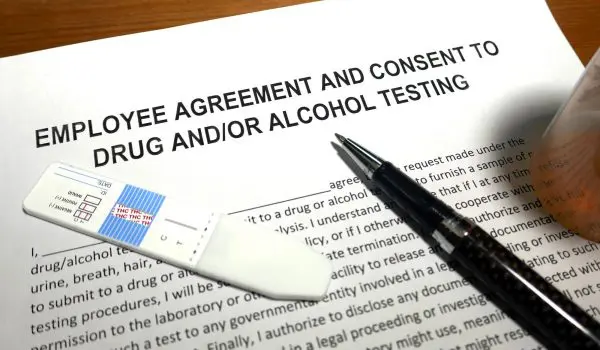Background
As we previously reported, the Occupational Safety and Health Administration (OSHA) published a final rule May 12, 2016 adding a provision to 29 C.F.R. § 1904.35 that prohibits employers from retaliating against employees who report work-related injuries or illnesses. The preamble to the rule included commentary indicating that OSHA intended to interpret the new regulation to restrict covered employers’ use of post-accident drug and alcohol testing policies and certain types of safety incentive programs.
OSHA subsequently issued memoranda to its regional administrators in October 2016 and November 2016, attempting to clarify its position and outline enforcement procedures with respect to how the rule would be applied to safety incentive programs and post-accident drug testing. The guidance was limited, however, and left many questions unanswered. In 2017, employer groups filed two lawsuits challenging OSHA’s enforcement policy, but those lawsuits were put on hold because OSHA stated it planned to “reconsider, revise, or remove portions of the rule.”
During the past year, OSHA has not revised or rescinded any part of the rule. On October 11, 2018, however, OSHA published a new Standard Interpretation attempting again to clarify its position. In addition to affirmatively stating that employers are not categorically prohibited from implementing safety incentive programs and/or post-incident drug testing, OSHA provided further guidance (summarized below) that can be used by employers looking to craft or revise their incentive programs and testing policies in a way that does not run afoul of § 1904.35.
Safety Incentive Programs and Programs Based in Part on Injury Rates
The most noteworthy announcement in the Standard Interpretation relates to safety incentive programs. OSHA wrote that most safety incentive programs will be permissible as long as they are implemented for the legitimate purpose of promoting workplace safety and health rather than “to penalize an employee for reporting a work-related injury or illness.”
The Standard Interpretation goes on to address incentive programs that are based in part on injury rates. These are programs, for example, that reward employees with a prize or bonus at the end of some injury-free period or that evaluate managers based on their work unit’s lack of injuries during the relevant evaluation period. The Standard Interpretation states that rate-based incentive programs are permissible “as long as they are not implemented in a manner that discourages reporting.” It also provides specific examples of “precautionary measures” that will help demonstrate that an incentive program was implemented for a legitimate purpose.
Specifically, OSHA will be much more likely to find rate-based incentive programs permissible if an employer can demonstrate that it has also incorporated, as part of its overall incentive program, one or more of the following types of measures:
- An incentive program that rewards employees for identifying unsafe conditions in the workplace.
- A training program for all employees to reinforce reporting rights and responsibilities and emphasizes the employer’s non-retaliation policy.
- A mechanism for accurately evaluating employees’ willingness to report injuries and illnesses.
This is not an exhaustive list, and employers can implement other similar types of “positive steps” that foster a “workplace culture that emphasizes safety.” OSHA cautioned, however, that merely stating in a policy “that employees are encouraged to report and will not face retaliation for reporting” would likely not, by itself, be an adequate precautionary measure.
Post-Accident Drug Testing
While OSHA’s Standard Interpretation did not provide much new or additional guidance on its enforcement policy concerning post-accident drug testing, it did state that most workplace drug testing would be permissible, including testing that is:
- Random;
- Unrelated to reporting of work-related injury or illness;
- Performed pursuant to state Workers’ Compensation Law;
- Performed pursuant to other federal law, such as a U.S. Dept. of Transportation Rule; or
- Performed to evaluate the root cause of a workplace incident that harmed or could have harmed employees.
OSHA also restated its recommendation that if employers use drug testing as a means of investigating a workplace incident, they should be consistent in testing all employees who might have contributed to the incident, not just the employee who was injured or who reported the incident.
Conclusion
One key takeaway of the Standard Interpretation is that OSHA still has not rescinded or significantly revised its previously stated positions on safety incentive programs or post-accident drug testing. OSHA’s stated position continues to be that use of post-accident drug testing and safety incentive programs will violate 29 C.F.R. § 1904.35(b)(1)(iv) if OSHA determines that the testing or incentive program penalizes employees for reporting work-related injuries and illnesses. However, the Standard Interpretation provides guidelines that, if implemented appropriately, should limit scrutiny of rate-based incentive programs and post-accident drug testing during an OSHA inspection.
Please contact Kyle Johnson, Souhila EL Moussaoui, James (Jay) Schoeny, or any of Frost Brown Todd’s OSHA professionals if you have questions about OSHA’s Standard Interpretation, your organization’s programs or policies, or other matters related to OSHA compliance, inspections, or citations.

